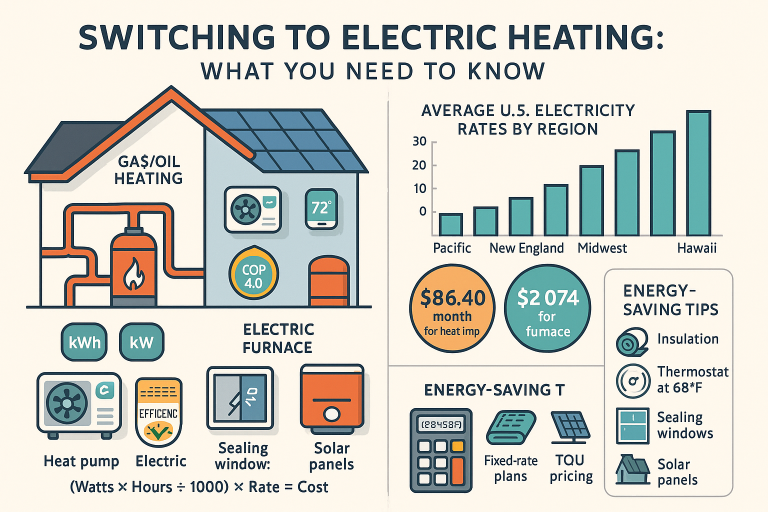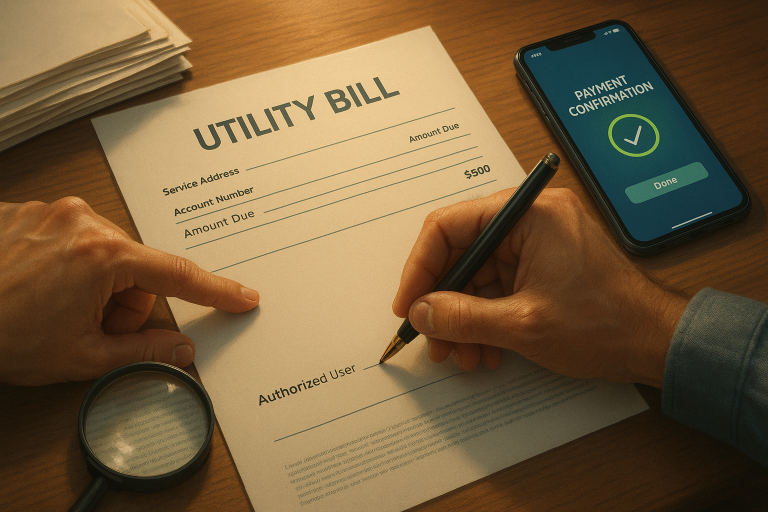What is the Delivery Charge on an Electric Bill?
When you receive your electric bill, you may notice a line item labeled “delivery charge.” This charge is a fee that is added to your bill to cover the cost of delivering electricity to your home.
But what exactly is a delivery charge, and why is it added to your electric bill? In this article, I’ll answer those questions and provide some insight into what goes into determining the delivery charge on an electric bill.
What is a Delivery Charge?
A delivery charge is a fee added to your electric bill to cover the cost of delivering electricity from the power plant to your home. This charge is separate from the cost of the electricity itself, which is known as the “energy charge.”
The delivery charge covers the cost of maintaining and upgrading the electric grid, including transmission and distribution lines, substations, and other infrastructure. It also covers the cost of customer service and billing, as well as other operational expenses.
Why is a Delivery Charge Added to My Electric Bill?
A delivery charge is added to your electric bill because the cost of maintaining and upgrading the electric grid is not included in the cost of the electricity itself. The delivery charge helps cover these costs and ensures that the electric grid is maintained and improved over time.
How is the Delivery Charge Determined?
The delivery charge is determined by the electric utility company and is regulated by state or federal agencies. The delivery charge is typically a fixed fee that is added to your bill each month, although it can also be a variable fee that changes based on usage.
The delivery charge is determined based on the cost of delivering electricity to your home, including the cost of maintaining and upgrading the electric grid, as well as the cost of customer service and billing.
Examples of Delivery Charges
Let’s take a look at a few examples of delivery charges from different electric utility companies:
- Company A: This electric utility company has a delivery charge of $5 per month for all residential customers. This charge does not change based on usage.
- Company B: This electric utility company has a delivery charge of $0.07 per kilowatt hour (kWh) for all residential customers. This means that the delivery charge for a customer using 500 kWh per month would be $35 ($0.07 x 500 kWh).
- Company C: This electric utility company has a delivery charge of $15 per month for all residential customers, with an additional charge of $0.05 per kWh for customers using more than 500 kWh per month. For a customer using 700 kWh per month, the delivery charge would be $35 ($15 + ($0.05 x 200 kWh)).
Conclusion
The delivery charge on your electric bill is a fee added to cover the cost of delivering electricity to your home, including the cost of maintaining and upgrading the electric grid, customer service and billing, and other operational expenses. The delivery charge is determined by the electric utility company and is regulated by state or federal agencies.
By understanding what a delivery charge is and why it’s added to your electric bill, you can better understand the total cost of your electricity service. If you have any questions about your delivery charge, don’t hesitate to contact your electric utility company for more information.







